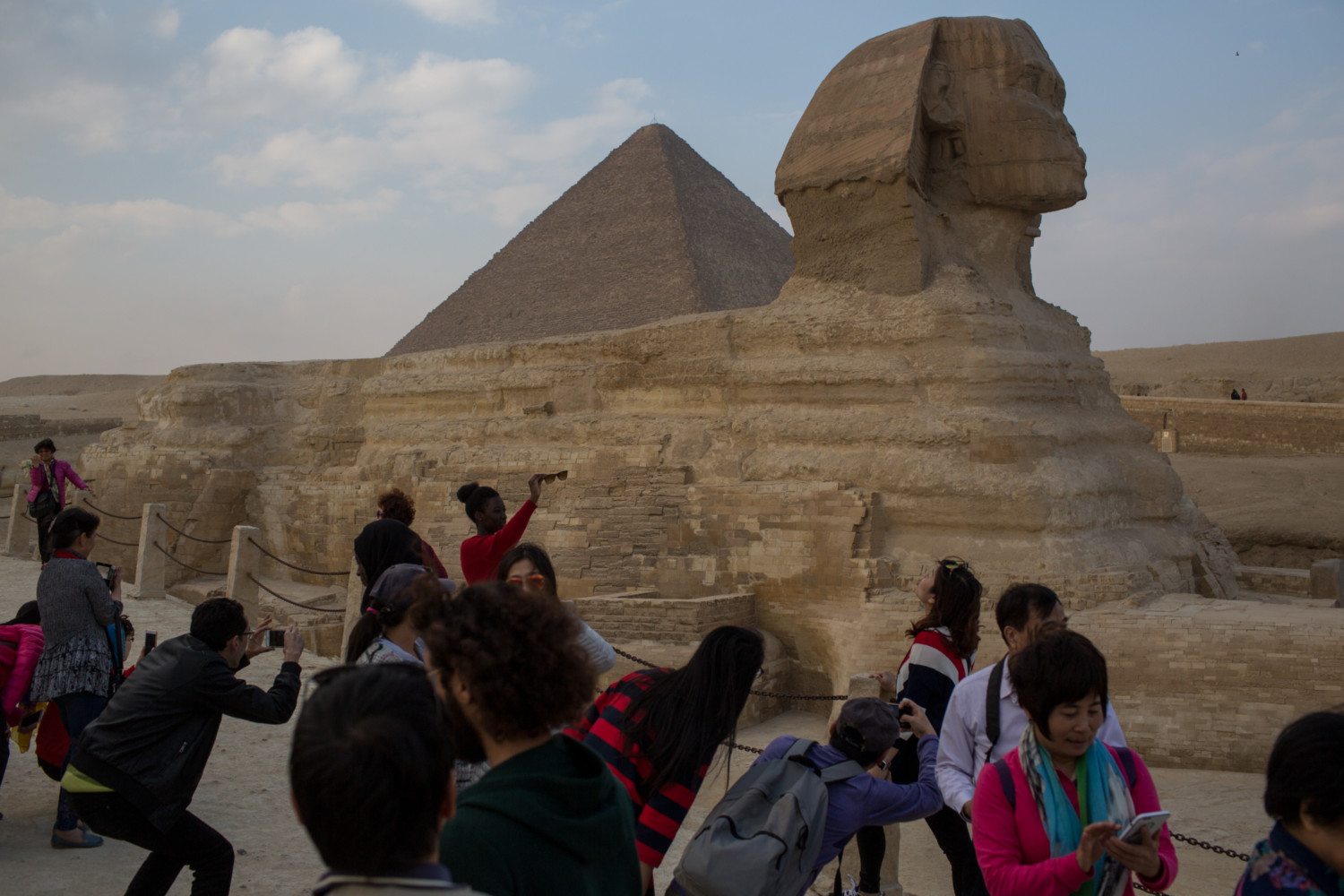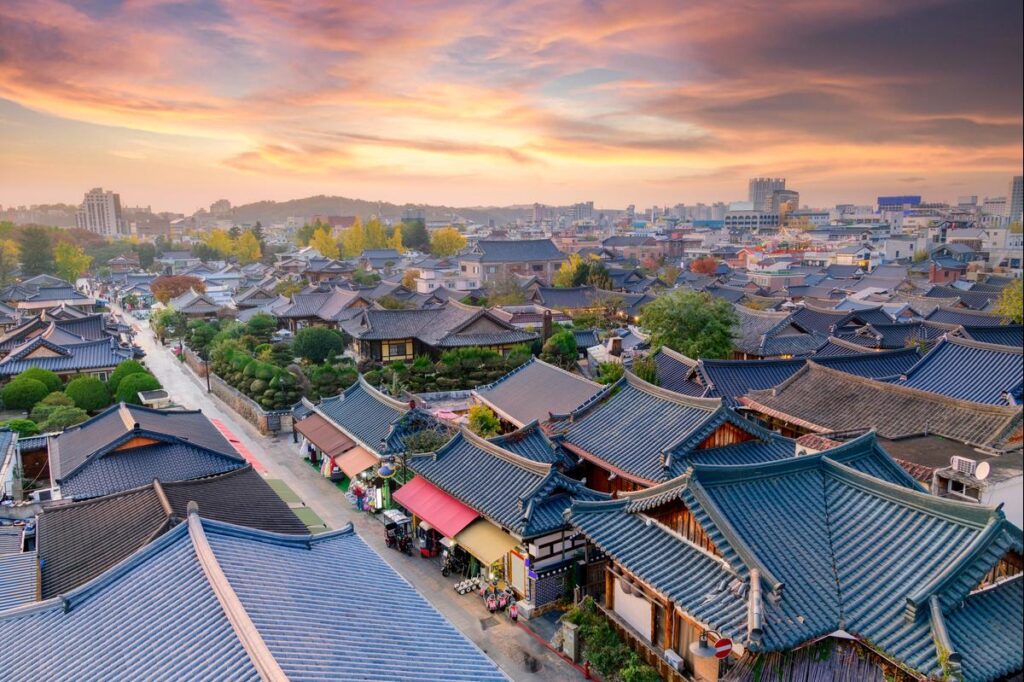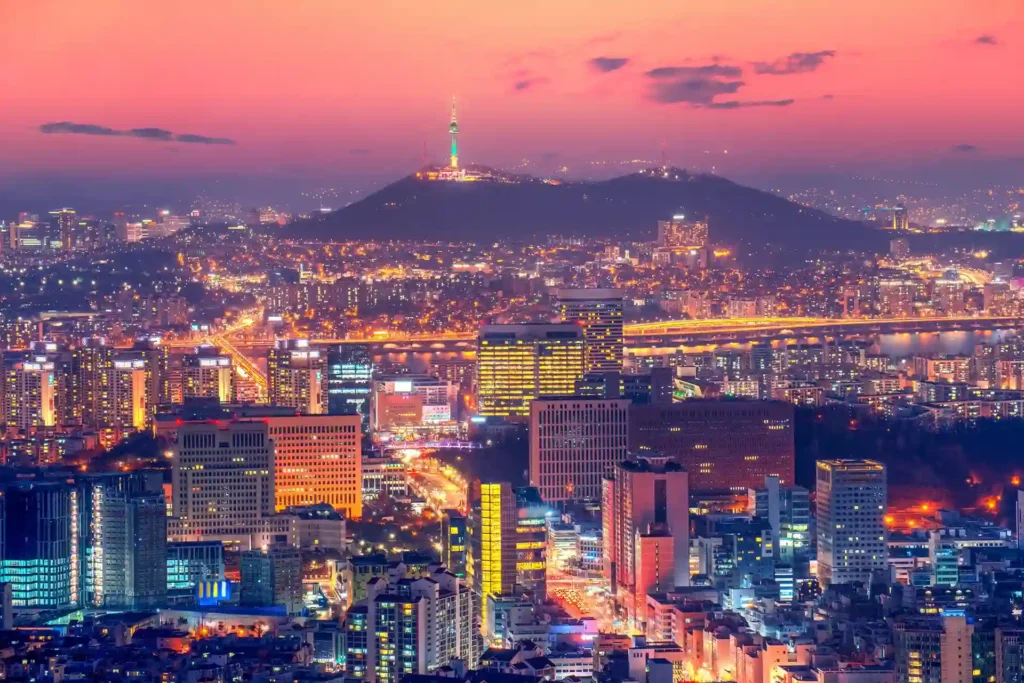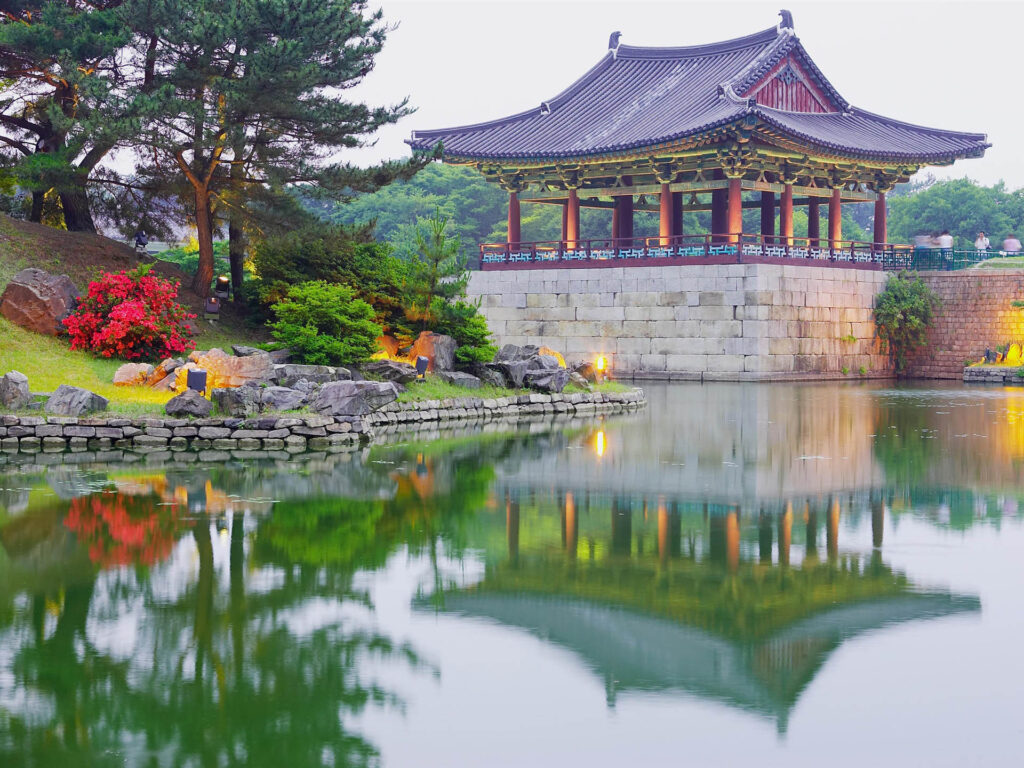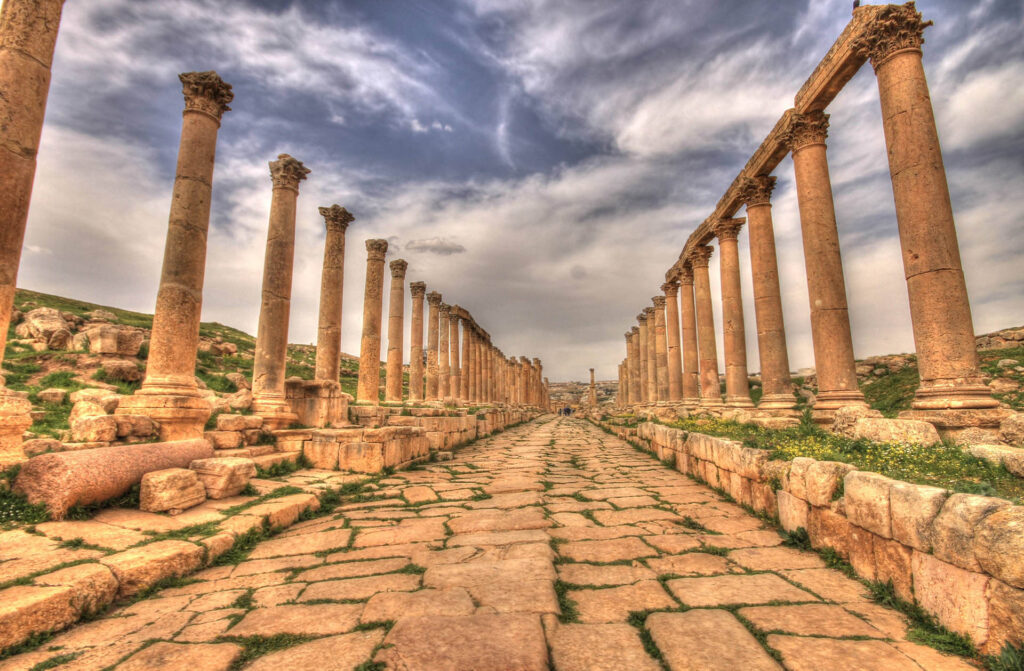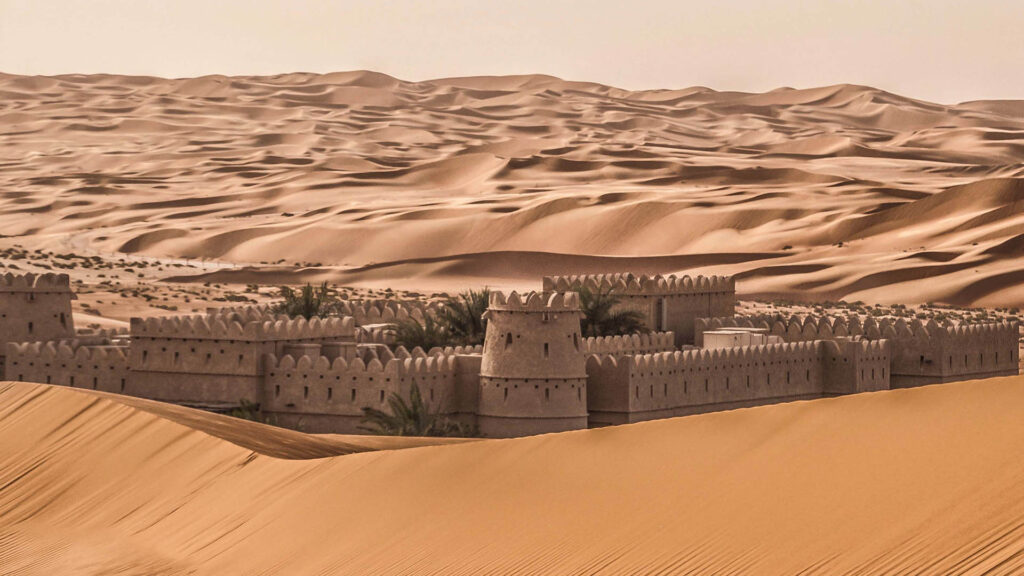Introducing The Sphinx of Giza (aboulhoul statue)
Amidst the majestic grandeur of the Giza plateau, a colossal figure rises from the desert sands, its gaze eternally fixed upon the horizon. The Sphinx of Giza, also known as the Abulhoul Statue, is an awe-inspiring monument that has captivated the minds of visitors and scholars alike for centuries. This enigmatic guardian, with the body of a lion and the head of a human, stands as a testament to the ingenuity and artistry of ancient Egyptian civilization, beckoning us to unravel its mysteries and unveil the secrets of a bygone era.

Sphinx of Giza (aboulhoul statue)
The Colossal Dimensions
Carved from a single ridge of limestone, the Sphinx of Giza is a true marvel of ancient engineering and craftsmanship. Measuring an impressive 240 feet (73 meters) in length and 66 feet (20 meters) in height, it is one of the largest monolithic statues in the ancient world. The intricate details and carved features of the Sphinx are a testament to the skill and dedication of the artisans who labored to create this magnificent sculpture.
The Enigmatic Face
Perhaps the most intriguing aspect of the Sphinx is its human-like face, which has been the subject of countless debates and theories throughout history. The enigmatic expression, with its serene gaze and distinctive features, has captivated visitors and fueled speculation about the identity of the individual it represents. Some believe it bears the likeness of the pharaoh Khafre, while others suggest it may depict a different ruler or even a deity.
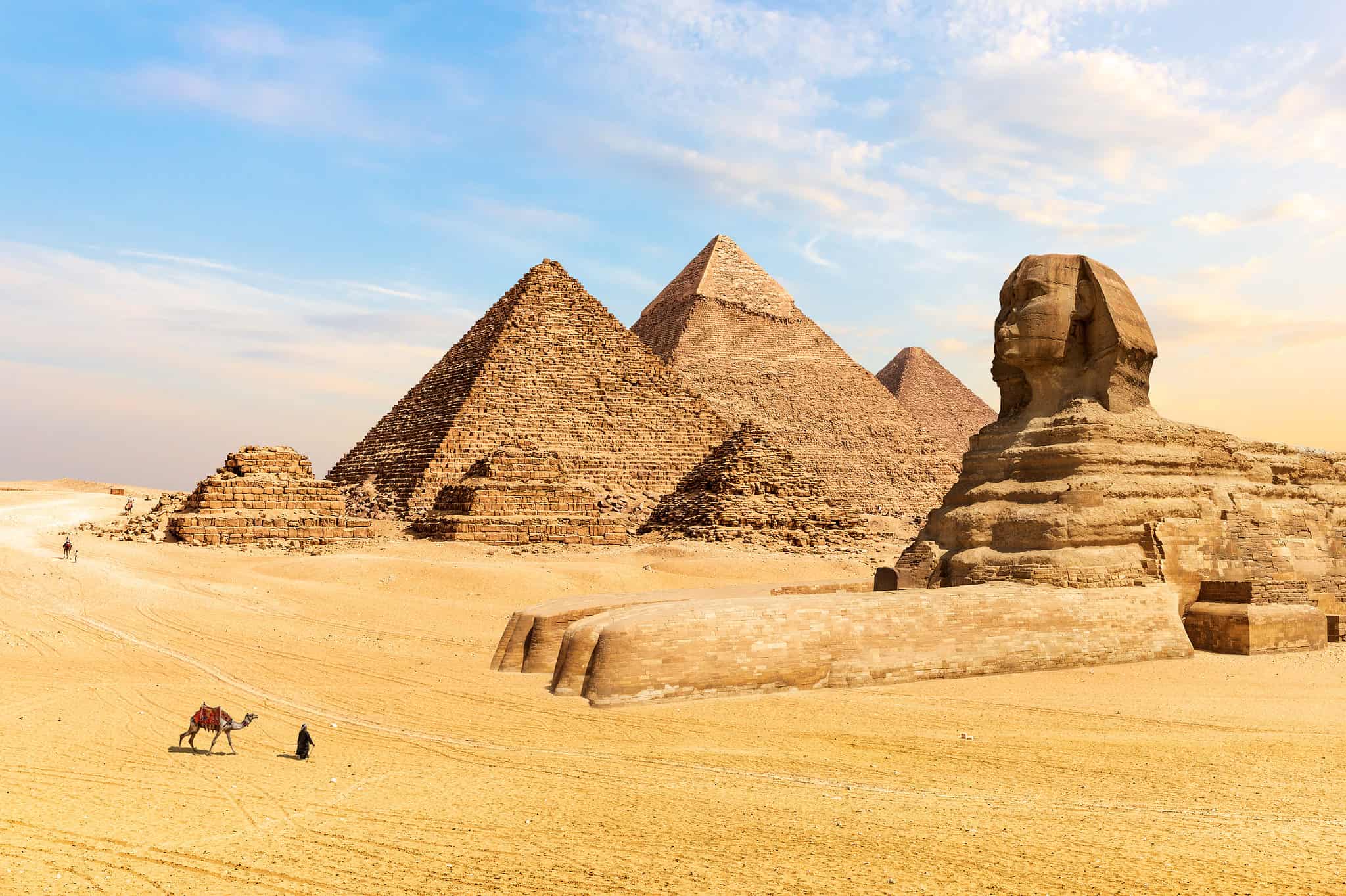
Sphinx of Giza (aboulhoul statue)
The Mythological Significance
In ancient Egyptian mythology, the Sphinx embodied the powerful and fearsome figure of a guardian, a protector of the sacred lands and the ultimate symbol of strength and wisdom. Its origins and purpose have been the subject of intense debate, with theories ranging from its role as a guardian of the nearby pyramids to its symbolic representation of the rising sun.
The Sphinx and the Pyramids
The Sphinx of Giza is inextricably linked to the nearby pyramids, particularly the Pyramid of Khafre, which stands mere steps away. This proximity has led scholars to speculate about the relationship between the Sphinx and the pyramid complex, with some suggesting that the Sphinx may have served as a guardian or a symbolic representation of the pharaoh’s power and divinity.
The Ravages of Time
Throughout its long history, the Sphinx has endured the relentless onslaught of time and the elements. Over the centuries, it has been partially buried by the shifting sands of the desert, with only its head and upper body remaining visible. Restoration efforts have been ongoing, with archaeologists and conservationists working tirelessly to preserve this iconic monument for future generations.
Ongoing Discoveries and Restoration
In recent decades, advanced technologies and archaeological techniques have shed new light on the Sphinx and its surroundings. Ground-penetrating radar and 3D scanning have revealed previously unknown details and structures, fueling ongoing research and discoveries. Extensive restoration efforts have also been undertaken, including the careful cleaning and stabilization of the Sphinx’s surface to protect it from further erosion and damage.
The Eternal Guardian
Despite the passage of millennia, the Sphinx of Giza remains an enduring symbol of ancient Egyptian civilization and a captivating enigma that continues to intrigue and inspire. Its towering presence and mysterious allure have made it a beloved icon, attracting visitors from around the world who seek to bask in its grandeur and unravel the secrets of its creation.
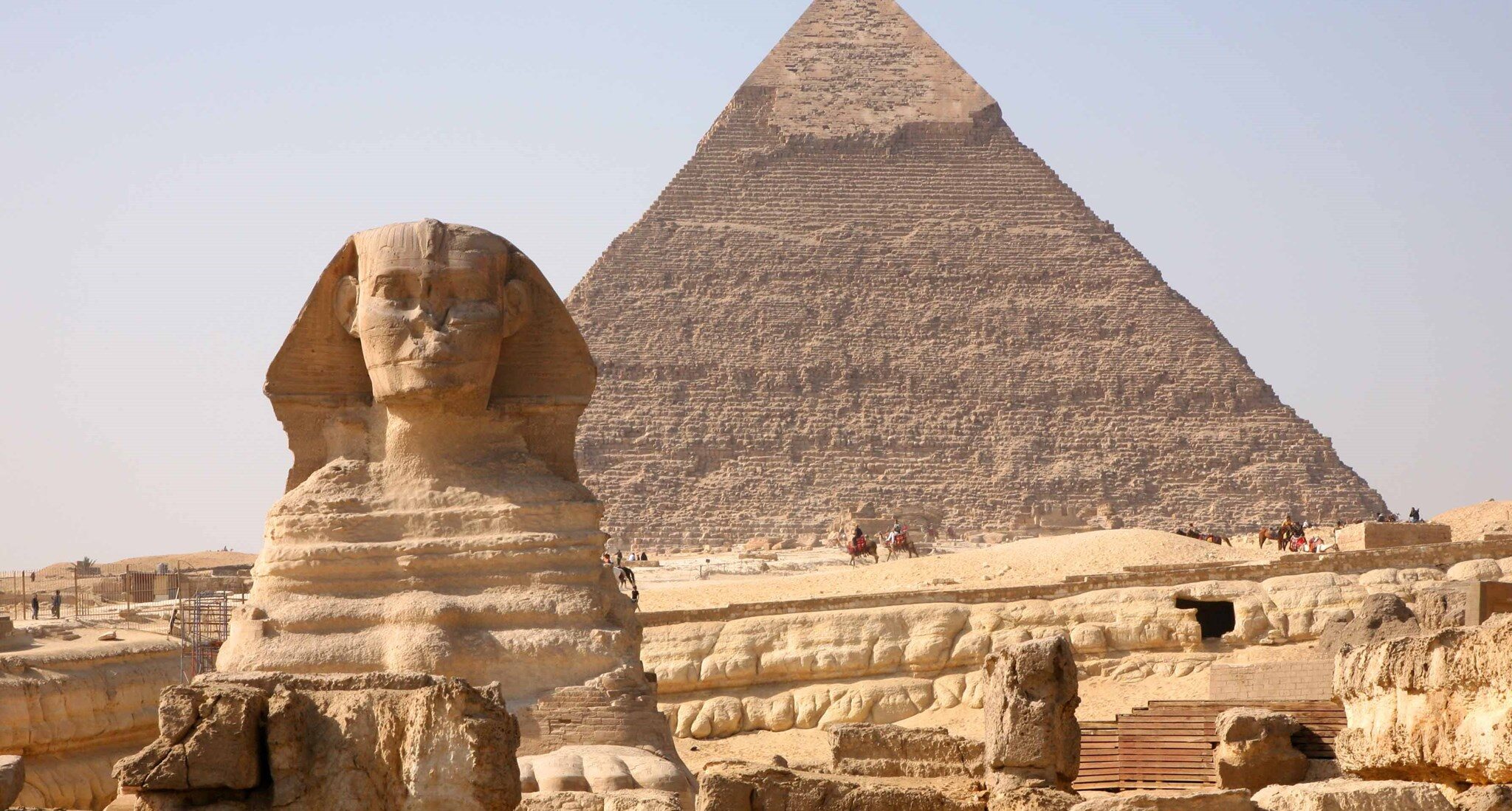
A Journey Through Time
Visiting the Sphinx of Giza is a truly transcendent experience, a journey through time that transports one to the heart of ancient Egypt. As you gaze upon its weathered features and contemplate its enduring majesty, you cannot help but be humbled by the ingenuity and ambition of the civilization that gave birth to this remarkable monument. Whether you seek to unlock its mysteries or simply marvel at its grandeur, the Sphinx of Giza stands as a testament to the enduring power of human creativity and the resilience of our cultural heritage.
A Legacy for Future Generations
As we continue to explore and unravel the secrets of the Sphinx, it is our collective responsibility to preserve and protect this iconic monument for generations to come. Through ongoing conservation efforts and educational initiatives, we can ensure that the Sphinx of Giza remains a source of wonder, inspiration, and insight into the rich tapestry of human history. May its enigmatic gaze continue to captivate and intrigue, reminding us of the enduring legacy of ancient Egyptian civilization and the timeless allure of its colossal guardian.
